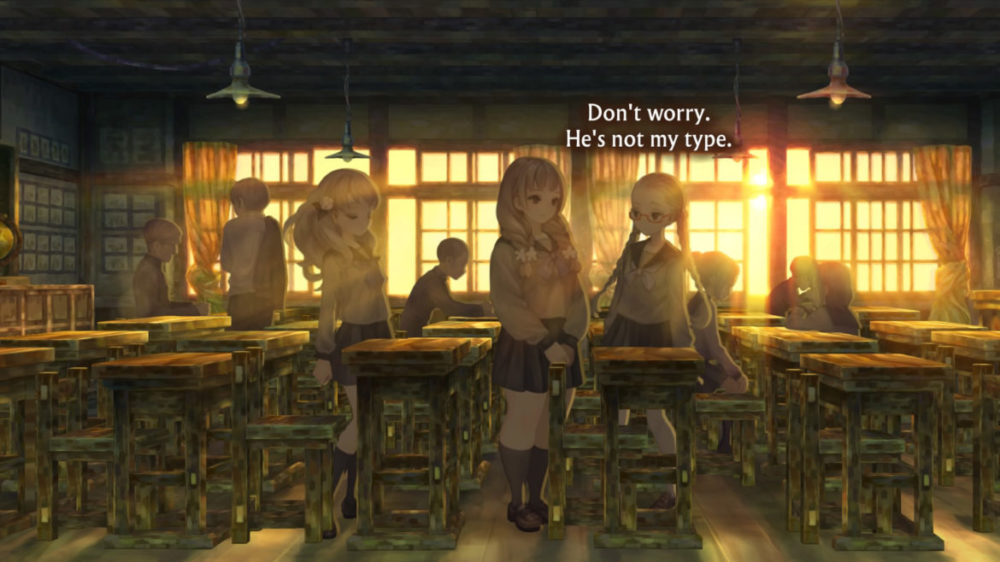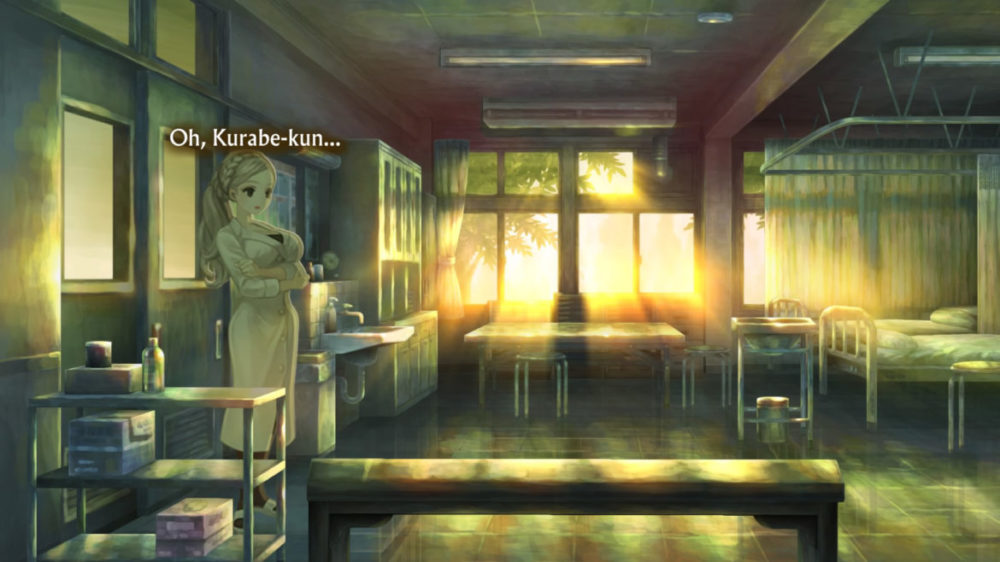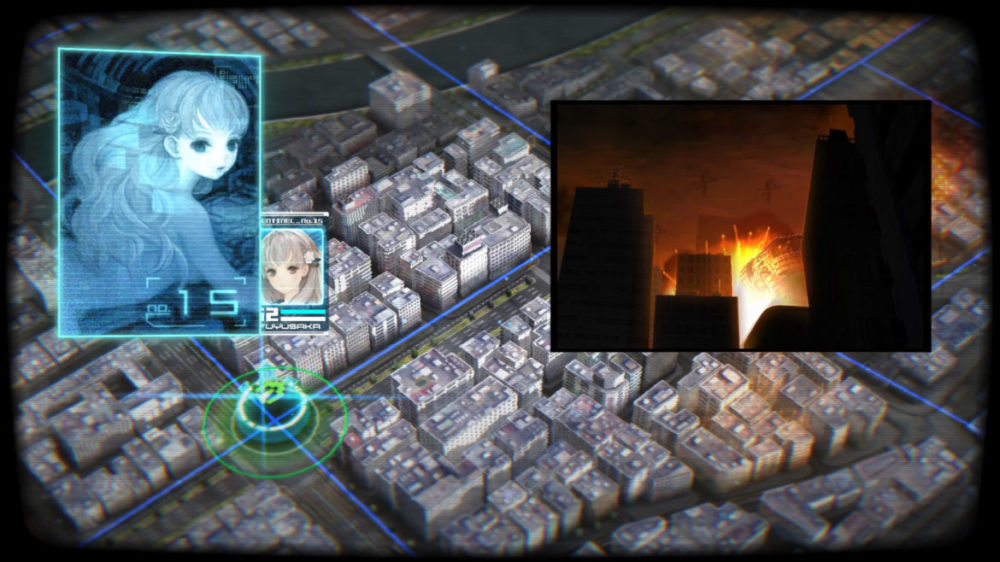TL;DR
Dive into 13 Sentinels: Aegis Rim, an interactive anime experience set in an alternate 1980s where teens pilot mechs. Praised for its stunning, hand-crafted anime visuals and captivating narrative filled with twists, the game boasts exceptional voice acting and atmosphere. However, the real-time strategy gameplay feels generic and lacks the game's signature anime charm, featuring a steep learning curve. The game also faces criticism for its outdated and stereotypical portrayal of women. Despite these drawbacks, it's a visually impressive adventure with a compelling story. Intrigued by this unique blend? Read the full review to see if it’s for you!
In the early days of rental videos, during the 1980s, a considerable amount of anime titles were released, often marketed deceptively as family films. The prevailing rationale was that because it was “animated,” it was inherently suitable for children. The significant levels of violence and bloodshed often present in these films were frequently overlooked. I grew up watching, among others, Starzinger, Robotech, Ray Grottpojken, and GalaxExpressen 999. As I mentioned in my review of Akira, I hold a fondness for anime. Therefore, upon viewing the trailer for 13 Sentinels: Aegis Rim, I was immediately intrigued, as it appeared to offer an interactive anime movie experience.

Set in an alternate 1980s, 13 Sentinels: Aegis Rim follows a group of high school students who discover a mysterious connection between themselves. They experience dreams where they pilot colossal robots in large-scale battles. However, these visions soon prove to be more than just dreams…

One of the most compelling aspects of 13 Sentinels: Aegis Rim, and the element that initially drew me to it, is its success in capturing the aesthetic of anime. The visuals are exceptionally detailed and possess a distinctly hand-crafted quality. At the time of this review, the game’s dialogue was exclusively in Japanese, requiring players to read subtitles to follow the narrative (unless they are proficient in the language). The voice acting, sound design, music, and overall atmosphere are all of exceptional quality. An English voice-over option was scheduled for release via a patch coinciding with the game’s launch (September 22).

The gameplay is divided into two distinct sections: a narrative-driven adventure segment, which explores the characters’ backstories and provides exposition, and a real-time strategy component. The latter, unfortunately, feels somewhat lacking in its execution. The anime aesthetic is largely absent from these sections, replaced by a more generic representation of the city, where the enemies and player-controlled robots are represented by simple icons. This shift results in a significantly different gameplay experience, evoking the feeling of a board game. While dialogue is still present, it is accompanied by relatively simple animations. Furthermore, the initial learning curve for understanding the strategic nuances and unit details before battles can be steep.

A particularly disconcerting aspect of the game is its somewhat antiquated portrayal of women. It relies on stereotypical depictions of Japanese schoolgirls with short skirts and overtly sexualized characteristics. For example, the school nurse is depicted with an exaggeratedly large bust. It is worth noting that the game was released in Japan relatively recently, and not 15 years ago.


In conclusion, 13 Sentinels: Aegis Rim presents an interesting blend of strategy and adventure gameplay. The game features a wealth of unlockable weapons and skills, a compelling narrative filled with twists, and visually stunning graphics. However, the execution of the strategy component feels somewhat lackluster compared to the rest of the game, and the aforementioned depiction of women feels out of place in a post-#metoo era.
Therefore, the game receives a passing grade.
